A few tips to enjoy your plants for a longer time
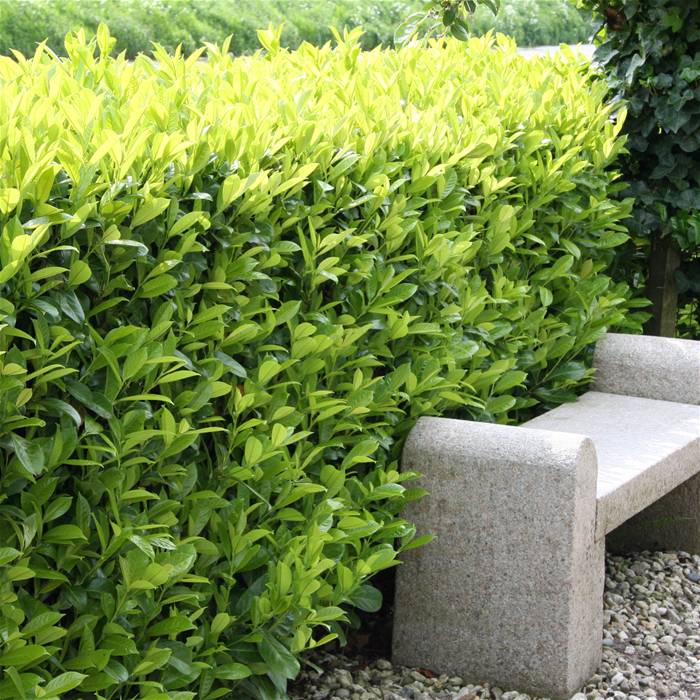
Prunus
No low-maintenance garden is complete without prunus. It is used as a hedge plant, and requires little attention all year long. An annual pruning in spring is the only maintenance requirement for these green walls around your garden. This hedge keeps its leaves in winter, and is therefore much more natural and nicer than a wooden fence.
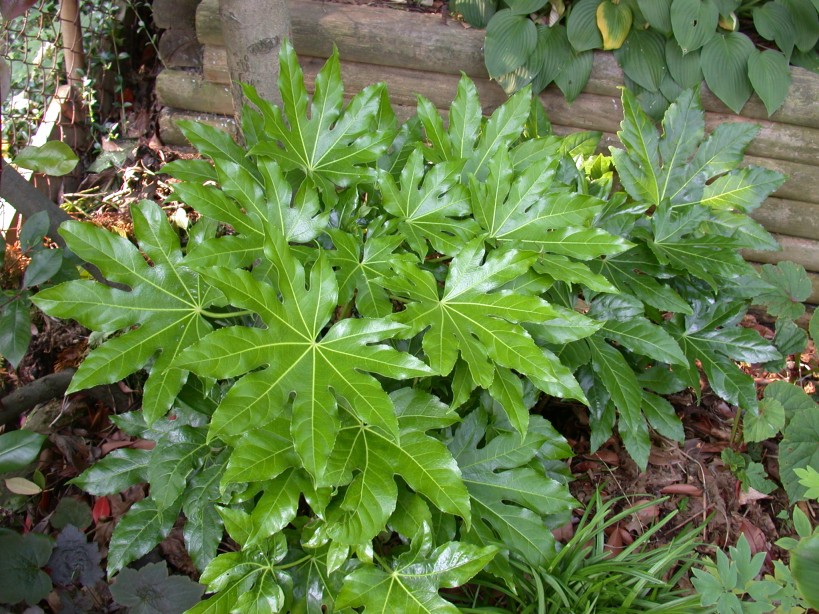
Fatsia
The Fatsia can be used both as a house plant and as a garden plant. This plant is low-maintenance: a cool, bright area without direct rays of sunshine will do for years of enjoyment. Therefore, this plant will also thrive in a pot on the terrace, in the shade. Regular watering is advisable. Mild winters are no problem. Young leaves may get damaged somewhat during harsher frost. If you keep the plant inside during winter, then slowly allow it to adjust to the sun in spring. You can also protect the plant with a reed mat during harsh winters. Regular fertilization of these plants will sustain beautiful, shiny leaves.
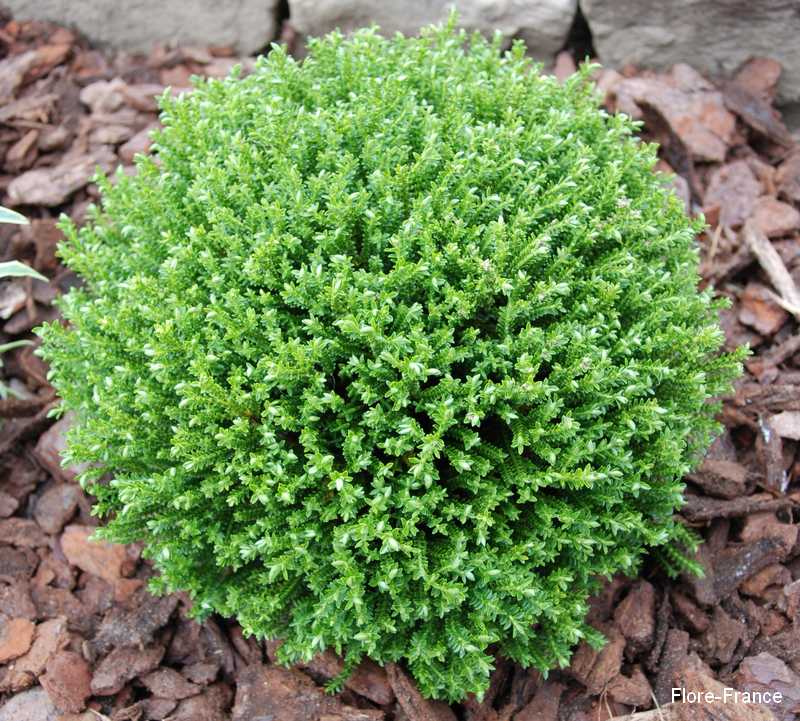
Hebe
Hebe is found in all sizes and types: blossoming, green leaves and multi-coloured leaves, thin leaves and broad leaves, small leaves and large leaves. The plant is a welcome addition to any border, box, and pot. The range distinguishes between two types: the winter-hardy, evergreen plants and the blossoming, fleshier Hebe (also called veronica). From August onwards, this powerful blossoming plant will provide 8 to 10 weeks of enjoyment on the terrace. In flower boxes, the plant bridges the gap nicely between geraniums and the first frost. The plant can withstand direct sunlight, but will need regular watering. Presentation tips are found on www.addenda.be.
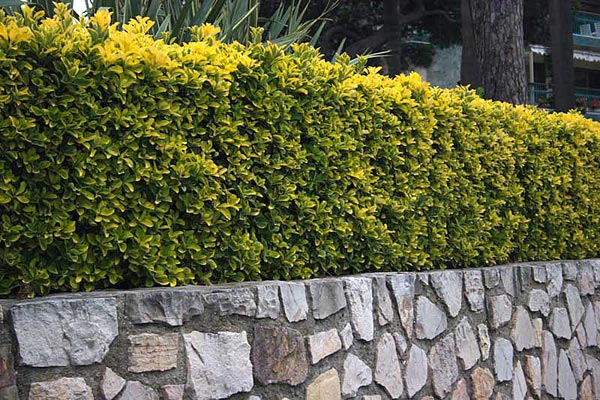
Euonymus
The Euonymus can be used as a terrace plant, soil cover, hedge, but is also highly suitable for adding colour to burial sites. These hardy plants thrive in all types of soil, and can also withstand frost. You may place them in direct sunlight. When potted, you must take them inside during winter. Otherwise they do not require any special care. They are not delicate when it comes to care and watering.
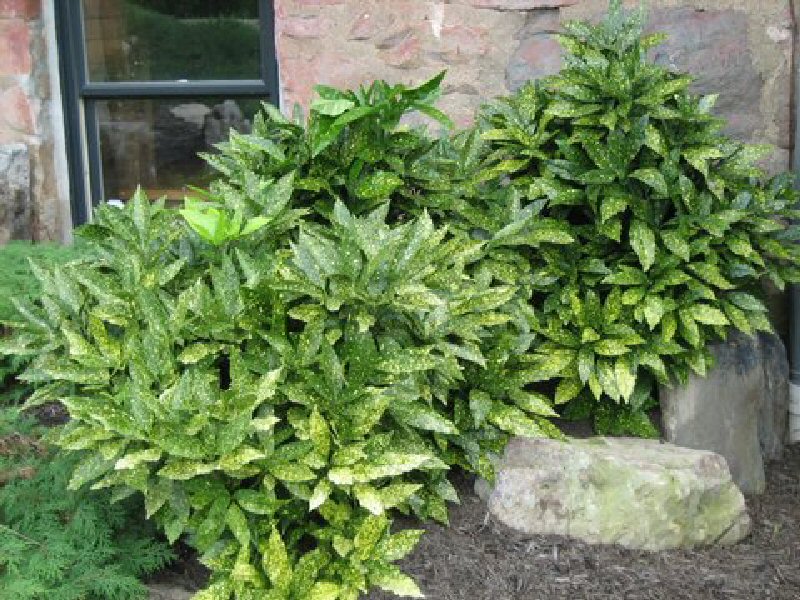
Aucuba
The Aucuba thrives in all types of soil, but has a marked preference for soils rich in humus or light clay soil. This plant does better in the (semi-)shade than in the sun; the leaf colour will be a more vibrant green, the plant will grow berries, and the spots will be more clearly visible. In order to form berries, a female plant requires a male plant. Fortunately, the wind will carry the pollen, so a male plant in another garden can provide pollination. The aucuba can withstand frost well. You can also place the plant in a pot on your terrace, but it must be taken inside during winter to keep in a cool, frost-free location. If you place the plant outside again, make sure the transition is not too abrupt. The young leaves need time to adjust to the bright daylight outside. The plant could use some more water and fertilizer starting in March. Simply snip off dried parts. The best time to prune this plant is the autumn season.
